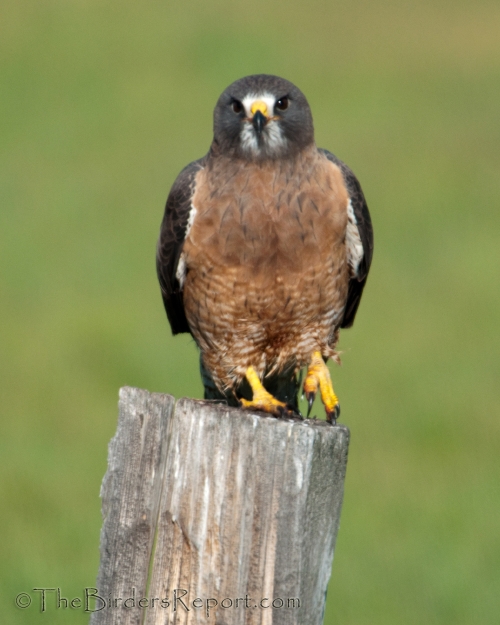 Swainson’s Hawk (Buteo swainsoni) photos by Larry Jordan
Swainson’s Hawk (Buteo swainsoni) photos by Larry Jordan
This Swainson’s Hawk (Buteo swainsoni) was the first raptor we spotted my first morning in Sierra Valley. What a way to start the morning with the best look I ever had at a Swainson’s Hawk!
I had spotted this hawk before on trips down Interstate 5 in the Sacramento Valley of California but those sightings were from a distance. This Swainson’s Hawk was sitting on a post on a narrow two lane road (county road 24) on our way out to the viewing platform on Maddalena Ranch. Since there was no traffic that early on a Friday morning, I stopped and snapped off some photos from the car.
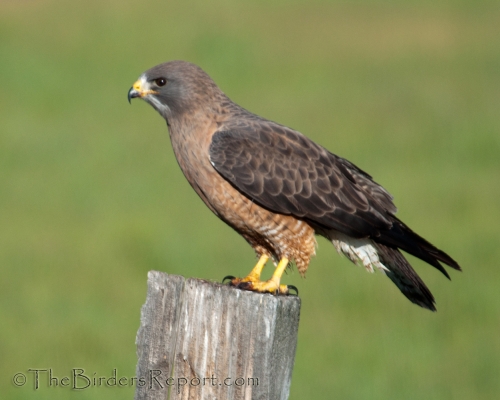
These beautiful birds are now reduced in numbers or distribution throughout their range and considered to be declining in Utah, Nevada, and Oregon. They are listed as a Species of Special Concern in Utah, Nevada, Oregon, and Washington, and as Threatened in California.
Each autumn, nearly the entire breeding population of the Swainson’s Hawk migrates from the temperate zone of North America to wintering areas in South America. From Canada, this migration is more than 10,000 km each way, a distance second among raptors only to that of the Arctic Peregrine Falcon1.
Like most buteos, the Swainson’s Hawk feeds its young rodents, rabbits and reptiles but not so during non-breeding season.
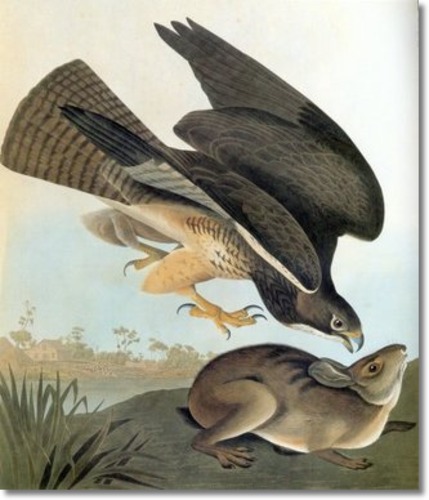
Swainson’s Hawk Drawing by John James Audubon
When it’s not breeding, the Swainson’s Hawk eats insects, primarily grasshoppers. Their numbers have dropped since the 1980’s primarily due to loss of feeding grounds in their U.S. and Canadian breeding territory, and pesticide use in Argentina where they winter.
Swainson’s Hawks now commonly breed in agricultural areas where they can find suitable prey and large trees for nesting. This is exactly where we found this bird nesting in the Sierra Valley.
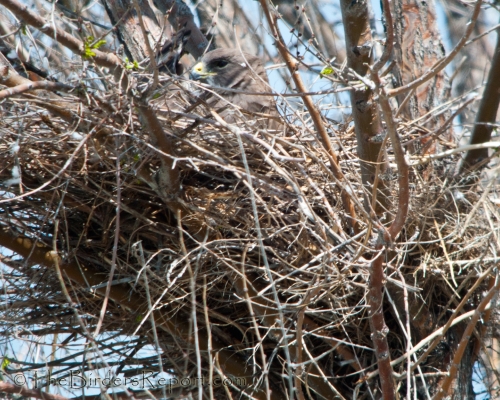
This is most likely the female since the male rarely incubates the eggs. Here is another shot of her in the nest. She was pretty well hidden.
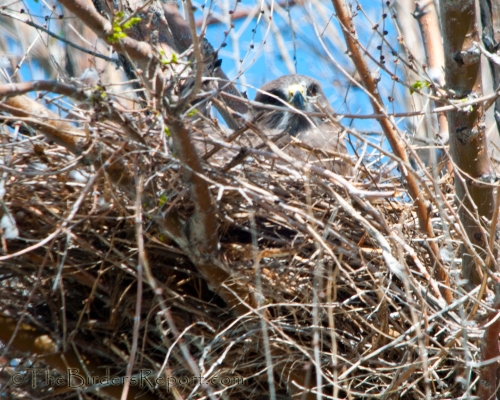
I was, needless to say, excited just to see a nesting Swainson’s Hawk and it was in the only large tree in the area, surrounded by acres of farmland. I hope they have a successful nesting season.
If you love birds and want to see more great bird photos, check out Bird Photography Weekly.
References: 1 Birds of North America Online
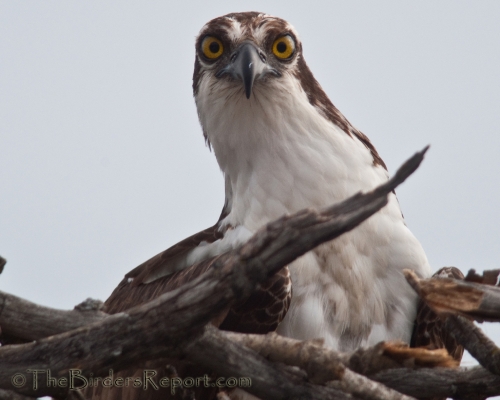 Osprey Male (Pandion haliaetus) photo by Larry Jordan
Osprey Male (Pandion haliaetus) photo by Larry Jordan





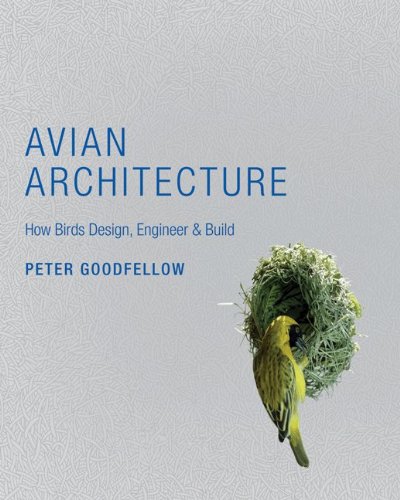
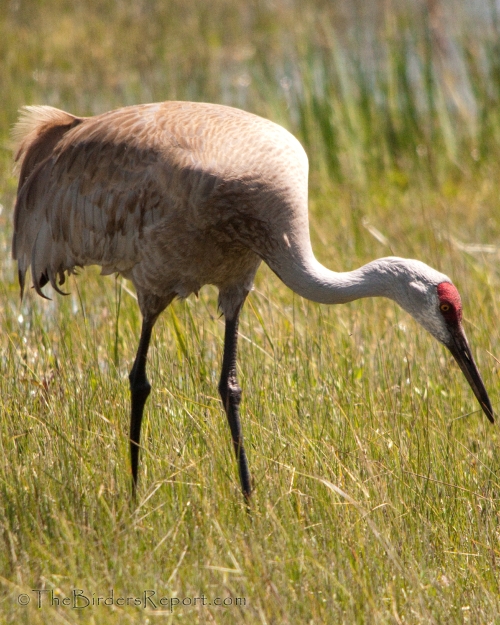



Social Media Connect